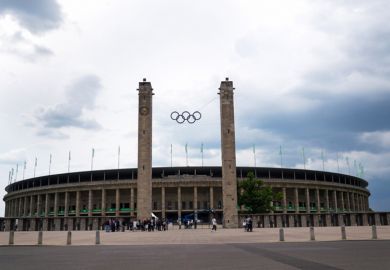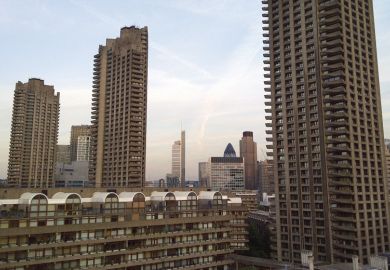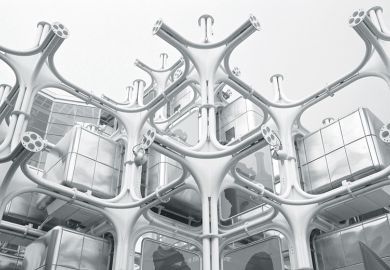When I went to architecture school in the 1980s, Philip Johnson was at the height of his career. His iconic AT&T Building, with its tongue-in-cheek Chippendale-chair top, was opening in New York. In architectural history classes, we learned that this same man had played a key role as co-curator of the 1932 International Style exhibition at the Museum of Modern Art, a show that had set the stage for modernism in America. We recognised him, too, from his signature round glasses, an homage to Swiss architect Le Corbusier. But mostly we knew Johnson’s exquisite glass house of 1949, a minimalist shoebox of a dwelling in Connecticut, which historians said was derived from Mies van der Rohe’s Farnsworth House.
Despite this reputation as a stylistic chameleon and a copycat, it wasn’t until the late 1990s that I began to understand the other contradictions in his oeuvre. This was mostly due to architectural historian Alice T. Friedman’s chapter in her book Women and the Making of the Modern House (1998) that reinterpreted the minimalist glass house as a showcase for gay, camp culture by setting it in larger architectural and social contexts. Now Mark Lamster’s nearly 500-page, beautifully written, tell-all biography of the powerful New York tastemaker exposes much more about his long life, including Johnson’s close alliance with Nazism.
Yup, Philip Johnson was a fascist. He quit his job at MoMA in 1934 to devote himself to politics, including writing for Social Justice, a white supremacist, antisemitic magazine, chronicling the German invasion of Poland, which he witnessed. In Germany, he attended and praised Hitler rallies. Back at home, he worked with the Jew-hating priest Charles E. Coughlin, to fire up American sympathisers. According to Lamster, Johnson’s personal wealth shielded him from real consequences for this dark chapter of his life, and eventually led to deeds of atonement for Jewish clients and fellow architects.
A central theme of the biography is Johnson’s powerful connections, even from an early age. He was born into privilege in Cleveland in 1906, and his studies at Harvard in philosophy and Classics established a network of powerbrokers that served him well, including art historian Alfred H. Barr and museum studies pioneer Paul Sachs. Thanks to Barr, Johnson’s role in the establishment of the architecture department at MoMA made him a “kingmaker”. Remarkably, Johnson didn’t go to architecture school until the age of 34. Before then, his architectural pedigree came from annual car journeys in Europe, where he visited key figures such as Walter Gropius and saw modernist buildings firsthand.
The book’s focus on connections includes Johnson’s sex life. He never hid his homosexuality, nor did he publicise it. Nonetheless, Lamster’s story provides dozens of examples of how Johnson’s affairs with powerful men enhanced his professional opportunities, in ways that would have been unthinkable for a woman architect in the 20th century.
Johnson had no interest in the power of architecture to make the world a better place. Even in his modernist phase, he cared little for functionalism, a central tenet of the movement. He delighted, instead, in its sheer beauty. Lamster concludes the biography by asserting that what links Johnson’s buildings is as contradictory as the man himself: the ubiquitous void.
Annmarie Adams is professor of architecture at McGill University and is working on a biography of physician and curator Maude Abbott.
The Man in the Glass House: Philip Johnson, Architect of the Modern Century
By Mark Lamster
Little, Brown, 528pp, £25.00
ISBN 9780316126434
Published 6 December 2018
POSTSCRIPT:
Print headline: A career of contradictions
Register to continue
Why register?
- Registration is free and only takes a moment
- Once registered, you can read 3 articles a month
- Sign up for our newsletter
Subscribe
Or subscribe for unlimited access to:
- Unlimited access to news, views, insights & reviews
- Digital editions
- Digital access to THE’s university and college rankings analysis
Already registered or a current subscriber?







